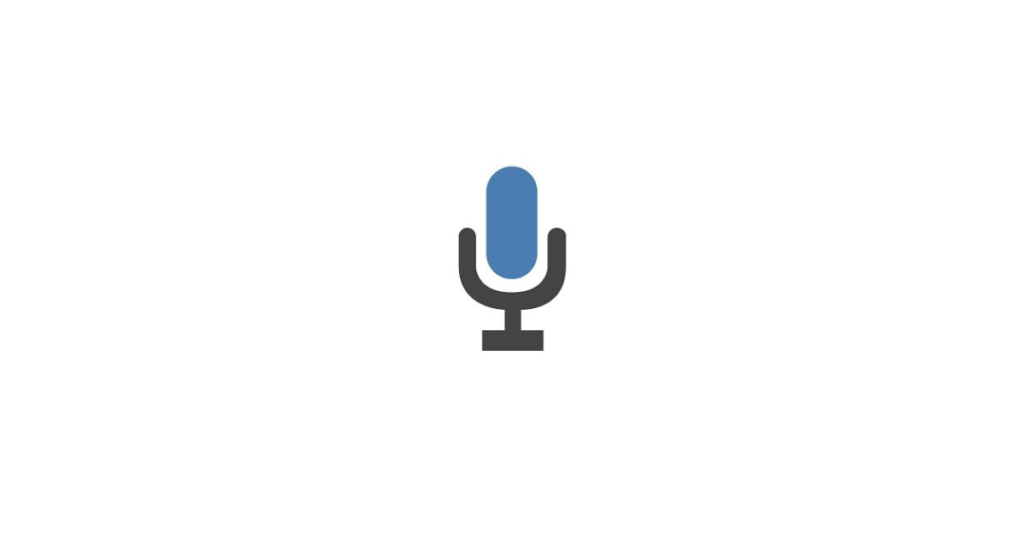Microsoft’s in built dictation tools makes note taking and writing easy and can useful for all learners.
What does it do?
Microsoft diction tools allow pupils to use speech-to-text. In other words, pupils speak and the technology recognises the words and converts them into type in an instant.
.
Why is it useful?
We can usually speak far more quickly than we can type, so being able to get ideas on screen can be time-consuming. And we can also lose the flow of what we are thinking if the mechanics of typing get in the way. So being able to speak naturally as the text then appears on screen can both allow for ideas to be captured in text form, and this can then more easily be edited later.
.
How does it work?
Check out the Sway below to see how to enable and use the dictation tools on Apple, Android, Windows or Chromebooks. So whether it’s PC, laptop, tablet or smartphone your device will most likely have the facility to have speech to text. As long as there is a microphone and the device supports speech to text you should be able to then use the dictation feature to say your thoughts aloud and have them appear as text which you can then later edit.
.
When using dictation tools you need to say what punctuation you wish to appear in the text – whether comma, full stop/period, question/exclamation mark, or new line/enter. Speaking close to the microphone, and as clearly and distinctly as possible, will aid the dictation tool to be as accurate to what you wish as possible.
Where can you learn more about Microsoft diction tools?
If you wish to find out more about the benefits of using Dictation or Speech to Text Technology in a classroom environment you can find out more at this Dictation (Speech-to-Text) Technology: What it is and How it works blogpost by Jamie Martin.
Another excellent blogpost is Speech Recognition in the Classroom. What do Teachers need to know? with links to research, videos of speech to text in action, and more information about benefits and impact.
Educator Voice
The following post on Twitter by Blair Minchin provides an insight to the impact for learners on using speech-to-text/dictation, and in the replies to the post there are reflections from others from their experiences.
Following chat around Speech to Text technology.
Left: 6mins 7 seconds, almost completely independent first time using the device this way.
Right: 50 minute lesson, all scribed, near constant 121 with me.
Game changing for how the writer views their ability. pic.twitter.com/iL2dLOYe6i
— Blair Minchin (@Mr_Minchin) March 22, 2021
This post by Blair Minchin (and the reflections which follow this from others) pose the question about the role speech-to-text/dictation could have in education.
In my opinion, this is the BIGGEST issue in education no-one is talking about:
Writing
Speech to text is now sufficiently advanced. Where does it sit in a development of literacy? As we move towards 121 devices a HUGE rethink is needed
(And yes, this is my ‘posh’ voice!) pic.twitter.com/xxgxDeaHJX
— Blair Minchin (@Mr_Minchin) March 21, 2021
Blog Post Credit: Malcolm Wilson


